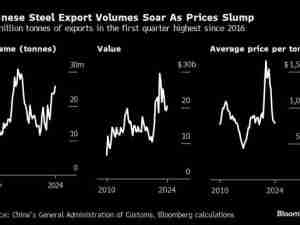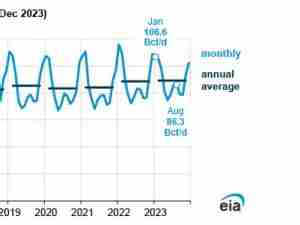China’s solar giants say they are taking time to weigh overseas production possibilities despite policies that encourage local manufacturing.
Top solar companies including Trina Solar Co. and Tongwei Co. said they are exploring building more capacity abroad, but may not immediately act given the complicated political and trade environment between China and some countries, executives of the firms said in a virtual panel as part of the BloombergNEF Shanghai Summit. They also cited low competitiveness overseas compared to China’s domestic supply chain.
Tongwei -- the world’s largest producer of polysilicon, a key material in most solar panels -- is studying building a regional supply chain with its partners in regions like North America, Southeast Asia, or Europe, but found that it’s difficult to establish truly competitive overseas manufacturing capacities in the short term, said Liu Hanyuan, chairman of the company.
Tongwei may not want to “run too fast, or go as soon as there are attractive policies,” Liu said. “It’s worth our cautious treatment.”
Several countries have introduced measures to boost domestic solar manufacturing or keep out imported panels in the past two years, including US President Joe Biden’s Inflation Reduction Act and the solar import tariffs imposed by the Indian government. Chinese companies, which dominate the global solar supply chain, have yet to confirm significant plans to build out capacity in those two countries.
Chinese firms also face scrutiny overseas, especially in the US, where the government imposed a ban targeting imported products using materials made in China’s Xinjiang region due to alleged human rights abuses. The Chinese government has repeatedly denied any forced labor accusations in Xinjiang.
It will take about 30 years for any overseas manufacturing capacity to be able to compete with China’s solar supply chain, Shawn Qu, chief executive officer of Canadian Solar Inc., said on the panel. The company has a large manufacturing presence in China, and is considering a US plant to take advantage of the tax incentives introduced by the historical climate bill.
Still, the US appears on the verge of a revival in domestic clean-energy manufacturing. At least $25.7 billion in new clean technology factories are in the works there, thanks in part to the generous subsidies in the country’s new climate law.







